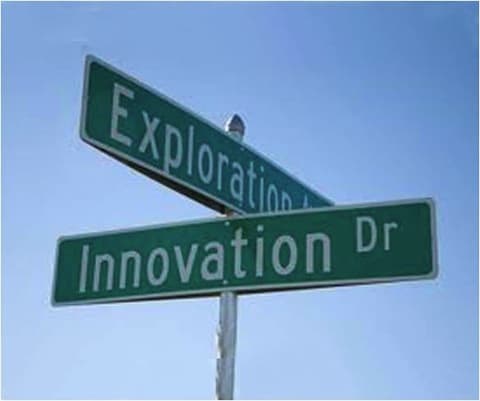10 Sources of Inspiration for Next-Gen Learning Systems

The explosion of new tools and school models presents a historic opportunity to better prepare young people for college, careers, and citizenship. It’s not unreasonable to think that in a more productive policy environment, a state could dramatically boost the percentage of well-prepared teens before the end of the decade.
Last month I outlined the 10 Elements of Next-Generation K-12 Systems: good goals, better assessments, quality authorizing, personalized learning, longitudinal data systems, work and college connections, youth and family supports, and strong accountability.
Easier said than done, right? We could keep adding technology to current schools but that would just create a more expensive version of what we have. The change will require new goals, measures, tools, learning environments, and a new governance model.
Personalization will be central to the new system design—individual learning progressions with access to engaging options. Learning, not time, will be the spine of the new system. (Read a pretty coherent description of that emerging system in quotes from 32 EdLeaders.)
If a region or state set out to redesign a new public education delivery system, where would they look for inspiration? Here’s a list of 10 sources of best practices, potential translational innovations, and design thinking inspiration:
-
What we’ve learned about how human beings learn and develop:
-
Consider interest-based learning (Udemy), social learning (Edmodo), and learning from experts in community (General Assembly)
-
Read everything you can from Daniel Pink and Annie Murphy Paul
-
-
Advances in corporate and military training and development:
-
Rigorously developed job requirements definitions
-
Commitment to rapid pathways to mastery
-
-
Lessons from provisioning public services:
-
Process management (APQC) and deliverology
-
Retail supply chain management, micro-targeting, and predictive analytics:
-
ASU YouTube series on supply chain management
-
Predictive Analytics, a book by Eric Siegel
-
Guess we won’t use Target as an example this month…
-
-
Examples of best practice sharing in medicine:
-
Lean startup methodologies including hypothesis testing and short cycle trials;
-
Summit Public Schools is probably the best lean startup example in US K-12
-
Lessons from Impact investors and productive ecosystems:
-
Learning Returns, a Getting Smart report
-
Failures (and occasional successes) in efforts to reform the current system:
-
Design thinkers and cool schools:
In American education, the state context matters. After a hundred years of predominantly local control, the last twenty years have been marked by states taking on new or expanded roles in seven big levers: standards, assessments, accountability, talent development, data, funding, and authorizing. Unfortunately, they have added this outcome focus on top of a convoluted compliance system.
In a new system, states would use performance contracting extensively to purchase a set of desired outcomes. Rather than operating schools, states should contract with school operators and educational providers. This insight is drawn from the success of managed school networks as well as smart procurement strategies in other sectors. Elements of this contracting strategy have been outlined several times starting with Reinventing Public Education and It Takes a City, books by Paul Hill, and a project he conducted for Education Commission of the States called Governing America’s Schools. Marc Tucker’s commission report titled Tough Choices of Tough Times and Fordham Institute’s Rethinking Education Governance for the Twenty-First Century came to similar conclusions.
In short, these reports suggest that states should define outcomes in a combination of tight and loose frames (tight on core outcomes, loose on important but secondary outcomes) including outcomes at key milestones including secondary school graduation. States should proactively seek operators to meet the needs of underserved populations and geographies. States should fulfill a ‘good school promise’ by ensuring that every family has access to a good neighborhood school and an array of quality educational services by authorizing quality providers and non-renewing providers that don’t measure up.
The adoption of new college and career ready standards and the shift to digital learning make it a great time to step back and look around for some inspiration. It’s time for a little research, reflection, and conversation.
Edmodo, General Assembly, and Udemy are portfolio companies of Learn Capital where Tom is a partner.




Tom Vander Ark
Missing is a top influencer--casual games. High engagement/persistence environments have a lot to teach regarding 1) leveraging interest, 2) sustaining concentration through difficulty, 3) calibration of difficulty, 4) productive uses of competition and collaboration, and 4) reward and recognition systems